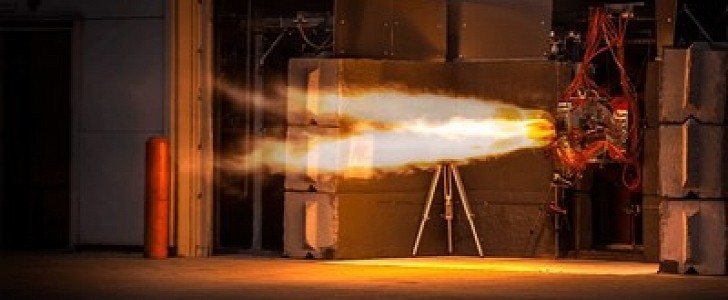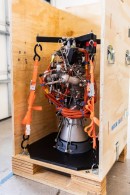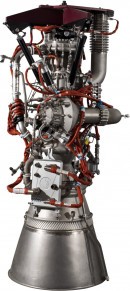Hypersonic capabilities are becoming increasingly important, and the recent evolution of the war in Ukraine is proof of that. A young company based in Colorado has chosen a less traveled road by focusing only on propulsion. Its first engine, Hadley, has now hit a milestone, showing that it’s just as good for rockets as it is for hypersonic aircraft.
Ursa Major was founded in 2015 by Joe Llorente, who previously worked on rocket engines at SpaceX and at Blue Origin. Hadley, the company’s first engine, is now in full production, with two major but very different customers. On one hand, it will power the Daytona rocket built by Phantom Space, and on the other hand, it will power the Talon A hypersonic vehicles developed by Stratolaunch, which will be launched by the massive air carrier Roc.
Ursa Major claims that Hadley is a pioneering oxygen-rich, staged combustion engine. Boasting 5,000 lbf (6,800 Nm) of thrust, it’s smaller than typical rocket engines, but this makes it more affordable for a wider range of applications, including first stage, upper stage, and hypersonic vehicles.
It’s also described as being able to support pre-flight ground testing and static-fire testing, in addition to the flight itself, without requiring modifications.
According to the startup, the U.S. relied on Russia and Ukraine for a significant part of its rocket propulsion systems. On the other hand, building their own engines is an extra burden for American space launch companies or the ones that manufacture hypersonic air vehicles. In this context, Ursa Major steps in with an affordable, reliable, and flexible solution.
Thirty Hadley engines are planned to be delivered this year, and the propulsion expert isn’t stopping there. It’s already working on a more powerful engine, called Ripley, boasting 50,000 lbf (68,000 Nm) of thrust.
Until then, Hadley, which is mostly 3D printed, will demonstrate its efficiency in powering both the Daytona rocket and the Daytona rocket and Stratolaunch’s reusable hypersonic testbed vehicle, designed to reach six times the speed of sound.
Ursa Major claims that Hadley is a pioneering oxygen-rich, staged combustion engine. Boasting 5,000 lbf (6,800 Nm) of thrust, it’s smaller than typical rocket engines, but this makes it more affordable for a wider range of applications, including first stage, upper stage, and hypersonic vehicles.
It’s also described as being able to support pre-flight ground testing and static-fire testing, in addition to the flight itself, without requiring modifications.
According to the startup, the U.S. relied on Russia and Ukraine for a significant part of its rocket propulsion systems. On the other hand, building their own engines is an extra burden for American space launch companies or the ones that manufacture hypersonic air vehicles. In this context, Ursa Major steps in with an affordable, reliable, and flexible solution.
Thirty Hadley engines are planned to be delivered this year, and the propulsion expert isn’t stopping there. It’s already working on a more powerful engine, called Ripley, boasting 50,000 lbf (68,000 Nm) of thrust.
Until then, Hadley, which is mostly 3D printed, will demonstrate its efficiency in powering both the Daytona rocket and the Daytona rocket and Stratolaunch’s reusable hypersonic testbed vehicle, designed to reach six times the speed of sound.







